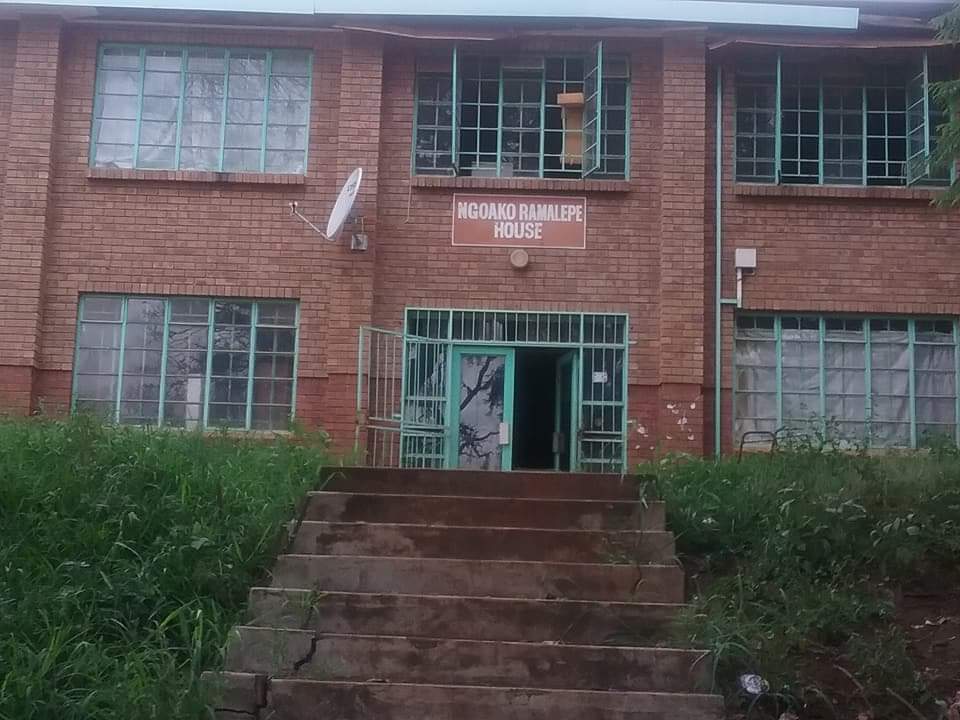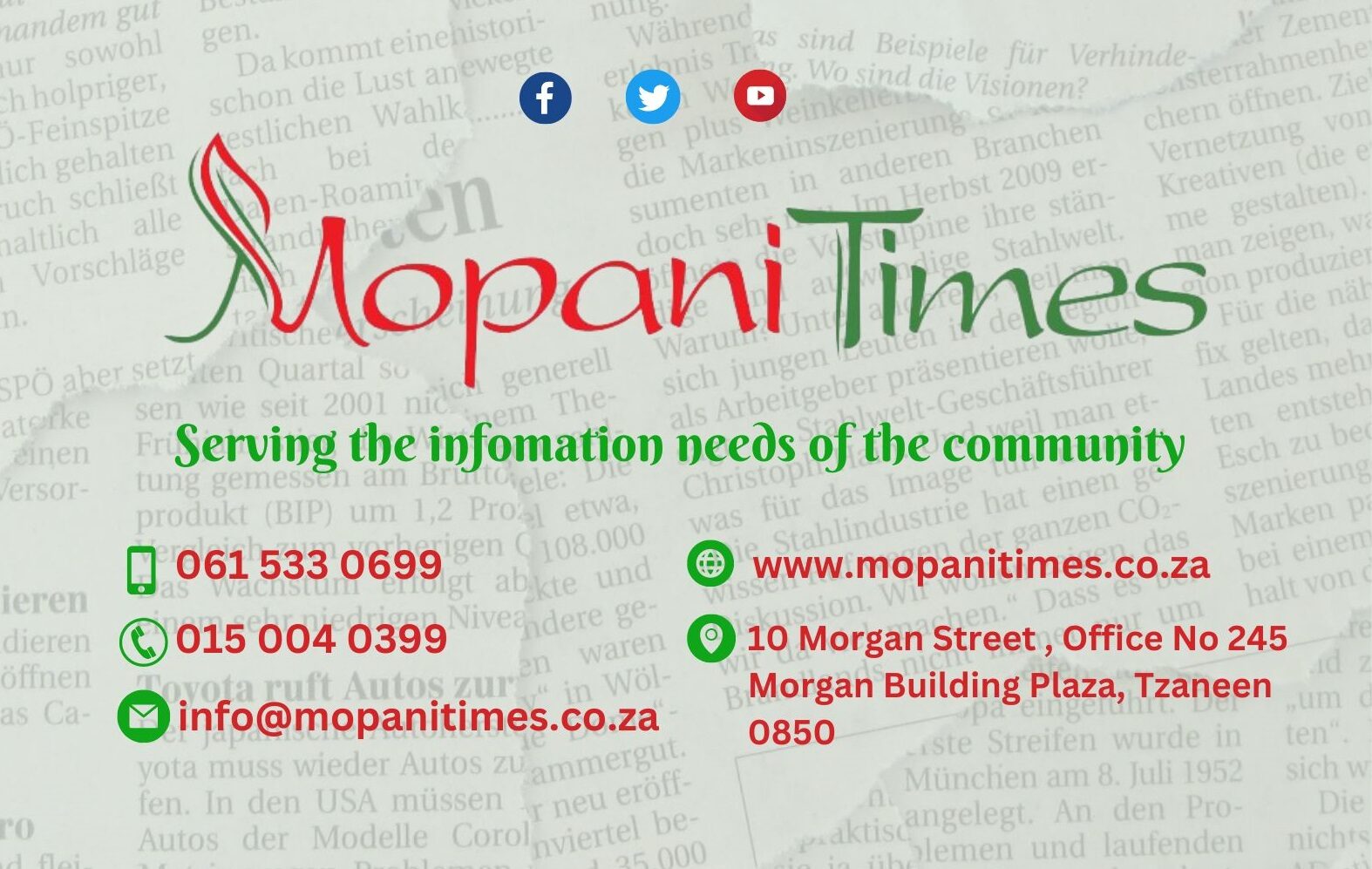
In September 1985, Ngoako Ramalepe served as a pallbearer at the funeral of Shadrack Mafokoane, who had been tragically shot by the Lebowa Police. Regrettably, Ngoako passed away the following month, in October, as a result of an encounter with the Lebowa Police.
Writes : Molebatsi Masedi
As we mark the 39th anniversary of Frans Ngoako Ramalepe’s martyrdom, we pause to honor a life that embodied resilience, courage, and an unyielding commitment to justice.
In the battle against apartheid, Ramalepe was a beacon of light, whose legacy transcends his lifetime, inspiring generations to continue the pursuit of freedom and equality. Yet, amidst this legacy of bravery and sacrifice, justice remains elusive, casting a shadow over his memory and leaving an open wound in the hearts of those who loved him.
In the days leading up to his brutal killing by the notorious Lebowa Police, Bolobedu was a place simmering with the fervour of resistance. A youth march in the township had signalled the growing resolve of young people to confront and dismantle an oppressive regime.
Although not present during the initial surge, Ramalepe’s unwavering commitment drew him to the central business district later that day alongside his comrade, Robert Makoga. It was here that they faced the wrath of the Lebowa Police, who viciously beat them with an assortment of weapons, including rifle butts, until they lay unconscious. Abandoned in the bushes at Brandbontjies, Ramalepe’s fate seemed sealed.
Makoga, however, managed to raise the alarm upon regaining consciousness, leading to the tragic discovery of Ramalepe’s body at the Kgapane Hospital mortuary.
The brutal circumstances of his death ignited a fierce determination within the community and beyond, intensifying the struggle for liberation. Yet, justice remained an elusive dream. An inquest held in the aftermath found no one responsible for his killing.
The Truth and Reconciliation Commission, although it examined his case, did not hold anyone accountable, nor did anyone apply for amnesty. Despite the passage of 30 years into freedom and democracy, his family remains without closure, living in the painful reality of unanswered questions and unresolved grief.
Despite this lack of justice, Frans Ngoako Ramalepe’s legacy is unmistakably profound. His relentless pursuit of equality was manifested through his vital role in introducing the Azanian Students’ Organisation (AZASO) and the Student Representative Council (SRC) at the Modjadji College of Education, setting a foundation for activism and political consciousness. His efforts extended to the introduction of the Congress of South African Students (COSAS) and SRCs in secondary schools, and the blossoming of Youth Congresses and civic associations across Bolobedu.
These actions directly challenged the oppressive Lebowa Bantustan regime and transformed Bolobedu into a formidable bastion of resistance.
Today, as we honour Frans Ngoako Ramalepe, we acknowledge the dual legacy of his enduring influence and the silence of justice. His life remains a powerful testament to the courage required to challenge injustice, lighting the way for future generations committed to equality. Even as his family awaits closure, and justice remains unfulfilled, his spirit lives on, urging us to continue the struggle for a world where everyone is free from oppression.
Let us walk in his footsteps with unwavering resolve, drawing strength from his bravery, as we carry forward his vision for a just and equitable society. Frans Ngoako Ramalepe’s sacrifice is a beacon, a call to action and hope, reminding us that the pursuit of justice, though long and arduous, is a journey we must undertake together, committed to seeing it through to its rightful end.
© Molebatsi Masedi is currently working on a biography of Frans Ngoako Ramalepe, which is scheduled for publication in June 2025.

T-shirt with Ngoako’s image to remember him.

Student housing at the former Modjadji Freedom College, previously known as Modjadji College of Education, was renamed after his passing in 1985.
